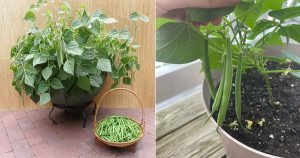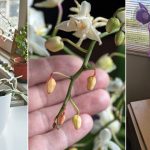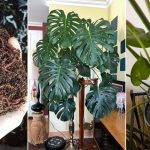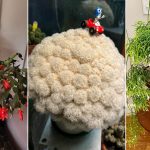Colony collapse disorder has been in the news quite a bit lately. Basically, a significant amount of honey bees have been disappearing without a trace for no known reason. American agriculture is heavily dependent on pollination from honey bees, so bees mysteriously disappearing during a time when food prices are already skyrocketing is not good, to say the least…
Some bee facts:
- The honey bee is the number one pollinator in the U.S..
- 1/3 of the human diet comes from crops that require insect pollination and honey bees pollinate 80% of those crops.
- 36% of all honey bee hive losses in the U.S. last year appear to be related to colony collapse disorder, where all of the adults in a hive mysteriously disappear.
- There are over 4,000 native bee species in the U.S., most of which live solitary lives and are not aggressive like “social” bees such as honey bees.
- Native bees can supplement and sometimes improve the work of honey bees [pdf] in pollinating crops.
Fortunately, all is not for naught, and even those of us with small outdoor spaces can help support native bee populations. The upside of attracting native bees to your garden is that they give as well as take. In the process of snacking on the pollen and nectar your plants produce, bees will pollinate your plants, increasing the amount of flowers and fruit your garden produces. For example, native bees are actually better than honey bees at pollinating cherry tomato plants, which are a great fruit to grow on a balcony or patio.
The best way to support native bee populations is to plant flowers and plants native to your region. A good plant nursery in your area can point out the natives and steer you away from exotics. Then add into the mix old heirloom varieties of flowers, such as Cosmos and Black-Eyed Susans. You can get a free packet of bee-friendly wildflower seeds from Burt’s Bees, although buying your own seeds is extremely affordable. Heirloom varieties and native plants provide bees with a high reward for their hard work, while newer creations often have little or no bee food (pollen and nectar). Check out this fact sheet covering plants that are good for native bees [pdf]. Try to plant at least ten varieties of flowers that bees like, as this seems to be the magic number for attracting bees. Also, try to make sure that your bee garden will be blooming continuously from Spring to Fall by planting flowers with different blooming seasons.
There are few other things that bees need. First, they need a source of water. This could be provided simply by filling a bird bath with water or planting a water garden (stay tuned for a future post on container water gardens!). Second, depending on the type of wild bees in your area, they may need materials to build their nests. Some bees need mud to build their nests while others use downy plant fibers and small pebbles. Some types of bees build their nests in the soil, so you may also want to leave a little bit of bare dirt available. If you really want to be a bee benefactor check out this tip sheet for creating a bee nesting site [pdf].
Once you’ve attracted bees to your garden, be sure not to slam the door in their face by spraying with harsh chemical pesticides. Luring bees with your pretty flowers only to kill them with pesticide kind of defeats the purpose! See this post for organic pest control ideas.
Last, but not least, see if you can convince your neighbors to plant some bee friendly flowers. If you can create a large tract of balconies and patios with bee friendly plants, then you’ll be more likely to attract bees and because they will have a large swath of plants on which to feed and hide.
See these sources for more info: What’s the Buzz on…Planting a Bee Garden, Urban Bee Garden, Bee Spotter, Garden Writers Talk About the Birds and Bees, Lawn Care Tips to Help Save Native Bees.




